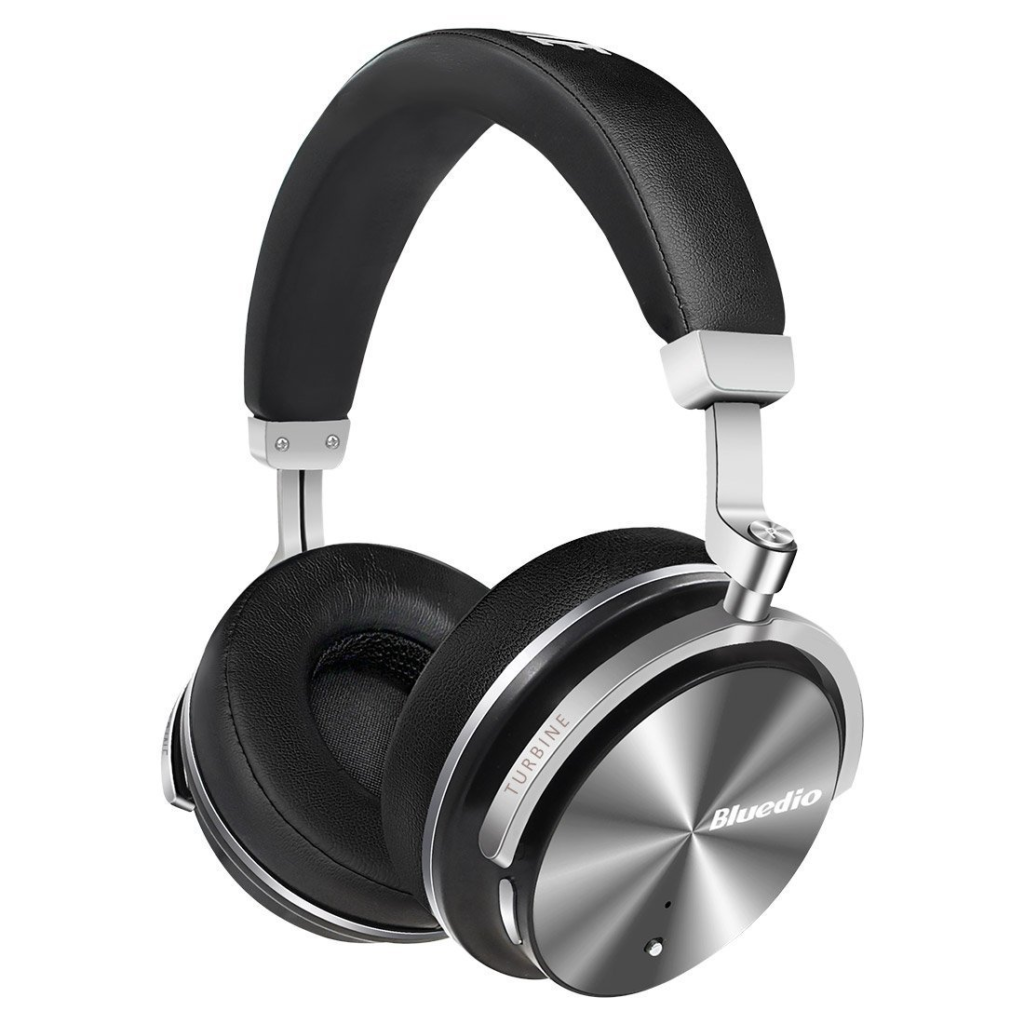The world of audio has undergone a significant transformation with the rise of USB-C, a versatile and increasingly ubiquitous connector. This shift has paved the way for a new generation of headphones, offering a range of benefits and challenges that audiophiles and casual listeners alike should understand. This article delves into the intricacies of USB-C headphones, exploring their advantages, disadvantages, compatibility, and the best options available in the market.
Understanding USB-C Headphones
USB-C headphones, as the name suggests, utilize the USB-C connector for audio transmission. Unlike traditional 3.5mm jack headphones, they leverage the digital capabilities of USB-C to deliver high-quality audio, often surpassing the limitations of analog connections.
Key Features and Benefits
High-Fidelity Audio: USB-C allows for the transmission of high-resolution audio, including formats like DSD and MQA, which offer a richer and more detailed listening experience.
Digital-to-Analog Conversion (DAC): Many USB-C headphones incorporate high-quality DACs within the headphone unit itself. This ensures optimal digital-to-analog conversion, resulting in superior sound quality compared to relying solely on the device’s internal DAC.
Active Noise Cancellation (ANC): USB-C’s power delivery capabilities enable more effective ANC, leading to a more immersive listening experience, especially in noisy environments.
Enhanced Features: USB-C can support additional features like voice assistants, advanced audio controls, and even biometric sensors for health monitoring.
Versatility: USB-C’s reversible design and fast charging capabilities make it a convenient and versatile connector for various devices, including smartphones, laptops, and tablets.

Compatibility and Considerations
While USB-C offers numerous advantages, compatibility remains a key consideration.
Device Compatibility: Not all devices support USB-C audio output. Some smartphones and laptops may require a separate DAC or dongle to use USB-C headphones.
Operating System Compatibility: Compatibility can also vary across different operating systems. Some features, such as advanced audio controls, may not be supported on all platforms.
Driver Support: Depending on the headphone model and operating system, drivers may be required for optimal performance and feature support.
Choosing the Right USB-C Headphones
Selecting the right USB-C headphones involves considering several factors:
Sound Quality: Prioritize headphones with high-quality drivers, DACs, and frequency response to ensure a balanced and detailed sound.
Comfort and Fit: Consider the headphone’s design, ear cup material, and weight for optimal comfort during extended listening sessions.
Noise Cancellation: If you frequently use headphones in noisy environments, opt for models with effective ANC technology.
Features: Assess the importance of features like voice assistant integration, advanced audio controls, and battery life.
Budget: Set a budget and choose headphones that offer the best value within your price range.
Popular USB-C Headphones
The market offers a wide range of USB-C headphones to suit various needs and budgets. Some popular options include:
Audeze Mobius: High-end gaming headphones with spatial audio and advanced features.
Focal Stellia: Premium over-ear headphones known for their exceptional sound quality and build.
Beyerdynamic DT 1990 Pro: Professional-grade studio headphones with a neutral sound signature.
Sennheiser Momentum 3 Wireless: Wireless headphones with ANC and excellent sound quality.
RHA TrueConnect: Compact and convenient true wireless earbuds with USB-C charging.
Emerging Trends
Spatial Audio: Immersive audio technologies like Dolby Atmos and Sony 360 Reality Audio are gaining popularity, creating a more realistic and engaging listening experience.
Personalization: Headphones are becoming increasingly personalized, with features like customizable EQ settings, personalized noise cancellation profiles, and even biometric sensors for a more tailored listening experience.
Sustainability: Manufacturers are increasingly focusing on sustainability, using recycled materials, reducing electronic waste, and implementing eco-friendly manufacturing processes.
High-Resolution Audio Formats and Their Impact
DSD (Direct Stream Digital): This format captures audio at higher sampling rates than traditional CD audio (44.1 kHz), often at 2.8224 MHz or 5.6448 MHz. This translates to a more accurate representation of the original sound, with a wider dynamic range and improved detail.
MQA (Master Quality Authenticated): This technology folds high-resolution audio into a smaller file size for easier streaming and downloading. It essentially “folds” the high-resolution audio data into a smaller file, which can then be unfolded by a compatible decoder to reveal the original master recording.
The Future of USB-C Headphones
As technology continues to evolve, we can expect further advancements in USB-C headphone technology.
Improved Audio Quality: Higher-resolution audio formats and more sophisticated DACs will continue to enhance the listening experience.
Enhanced Features: Expect to see the integration of advanced features like biometric sensors, augmented reality, and even brain-computer interfaces.
Wireless Connectivity: While USB-C offers a wired connection, advancements in wireless technologies like Bluetooth and Wi-Fi will continue to provide convenient and high-quality wireless alternatives.
Final Thoughts
USB-C headphones represent a significant leap forward in audio technology, offering a range of benefits over traditional 3.5mm jack headphones. By understanding their capabilities, compatibility considerations, and available options, users can make informed decisions and enjoy a superior listening experience. As the technology continues to evolve, USB-C headphones are poised to shape the future of audio, offering a seamless and immersive listening experience for users across various platforms and applications.
FAQs
What are USB-C headphones?
USB-C headphones utilize the USB-C connector for audio transmission, offering several advantages over traditional 3.5mm headphones. These include the potential for higher fidelity audio, improved noise cancellation, and support for advanced features like voice assistants and customizable sound profiles.
What are the advantages of wireless technologies like Bluetooth 5.3, LDAC, and aptX HD?
Wireless technologies like Bluetooth 5.3, LDAC, and aptX HD offer significant advantages for wireless audio transmission. Bluetooth 5.3 provides improved range, lower latency, and higher bandwidth for faster data transfer and more stable connections. LDAC and aptX HD are high-quality audio codecs that allow for the transmission of high-resolution audio over Bluetooth with minimal data loss, ensuring a more faithful reproduction of the original sound.
How can I improve the durability of my USB-C headphone cable?
To improve the durability of your USB-C headphone cable, choose models with reinforced cables such as braided or Kevlar-reinforced options. Handle cables with care, avoiding excessive bending, twisting, and pulling. Consider using cable management solutions like cable ties or wraps to keep the cable organized and prevent tangles.
To read more, Click Here













Leave a Reply